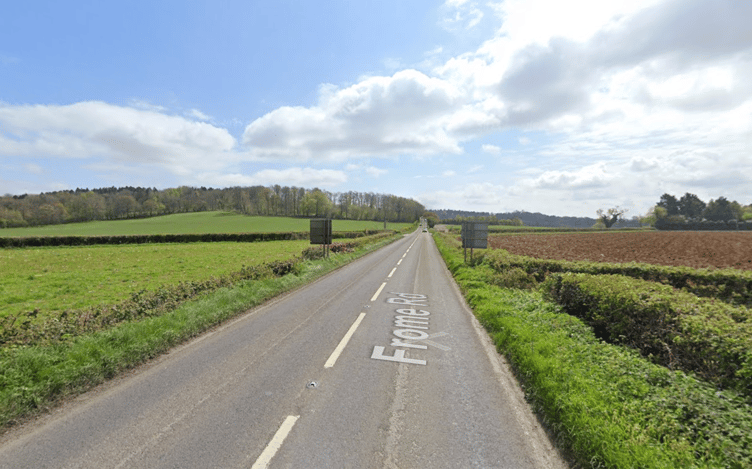LOCALS have expressed strong concerns over Bath and North East Somerset Council’s Local Plan, which proposes new housing developments in Writhlington and northern Radstock over the next 20 years.
B&NES Council has started consulting on its new Local Plan, a framework that will guide development and manage land use across the district up to 2042.
Among the proposals are plans for more than 1,100 new homes in Writhlington, part of a wider scheme including around 1,500 homes on the northern side of Radstock, prompting concern among local residents about the potential impact on infrastructure, services, and the character of the area.
In response, Writhlington Action Group held a meeting on Sunday, October 5, to discuss the proposed housing development in the village. The group acknowledged the need for additional housing but highlighted concerns about the suitability of Writhlington as a development site.
It was noted by those present that previous applications in 2019 and 2021 were refused by B&NES, with the refusal notices citing factors that, according to the council, made the site “unsuitable” for housing.
Councillor Matt McCabe, cabinet member for built environment, housing and sustainable development, said: “Planning is a highly regulated system. The Local Plan Options consultation must test all ‘reasonable alternatives’ for potential development.”
“The options include potential sites which may not be suitable and that’s why we need local knowledge as part of this consultation. With sites like Writhlington, the potential numbers of houses must come with the necessary supporting infrastructure which may also help address existing community needs and that is where local knowledge comes in.”
“However we also know there is an overwhelming need for more affordable housing locally. Across B&NES, the average house price is around twelve times the average workplace earnings and in Bath it is nineteen. The housing affordability crisis not only affects people’s quality of life; it directly impacts the local economy.”
“We also know we need to create sustainable communities, protect the district’s unique character and address the climate and ecological emergency. It is a challenge that we all need to recognise and work together for the best outcome.”
A previous application in 2022 for 255 dwellings on Manor Road, Writhlington, was refused by B&NES Council. The council cited concerns including the site’s location in open countryside outside the housing development boundary, the scale of development being disproportionate to the village’s capacity, and insufficient infrastructure to support sustainable transport.
Other reasons included potential adverse impacts on the local landscape and village character, inadequate information on access for pedestrians, cyclists and those with mobility impairments, possible effects on protected species, and a lack of provision for projected childcare and early years needs.
A 2019 outline planning application for up to 160 dwellings on Manor Road, Writhlington, was also refused by B&NES Council. The refusal cited the site being outside the Housing Development Boundary, sub-standard access arrangements and lack of suitable pedestrian and cycle connections, and potential severe impacts on the local road network.
.png?width=752&height=500&crop=752:500)
Anna Sabine, MP for the area, has previously been in contact with Writhlington Action Group to discuss residents’ concerns. She said: “I have been in touch with residents in Writhlington and surrounding areas and I’m aware of their concerns about the Local Plan. It is very important that local people have their say on these issues and input into the public consultation if they can.”
“We do need new homes, but they need to be in the right places, and my concern about this area in particular is that any new homes must come with accompanying services like GPs, bus routes and better road infrastructure. I will be working closely with affected communities to support them in getting their views heard and getting the best deal out of any new housing which may eventually be built.”
Other concerns included the presence of habitats used by Horseshoe bats connected to nearby Special Areas of Conservation, and the site’s archaeological potential, including evidence of Iron Age and Roman activity.
Residents are encouraged to take part in the B&NES Local Plan consultation to share their views, and help guide any future housing developments to ensure they balance local needs, infrastructure, and the character of Writhlington and Radstock.




.jpeg?width=209&height=140&crop=209:145,smart&quality=75)
Comments
This article has no comments yet. Be the first to leave a comment.